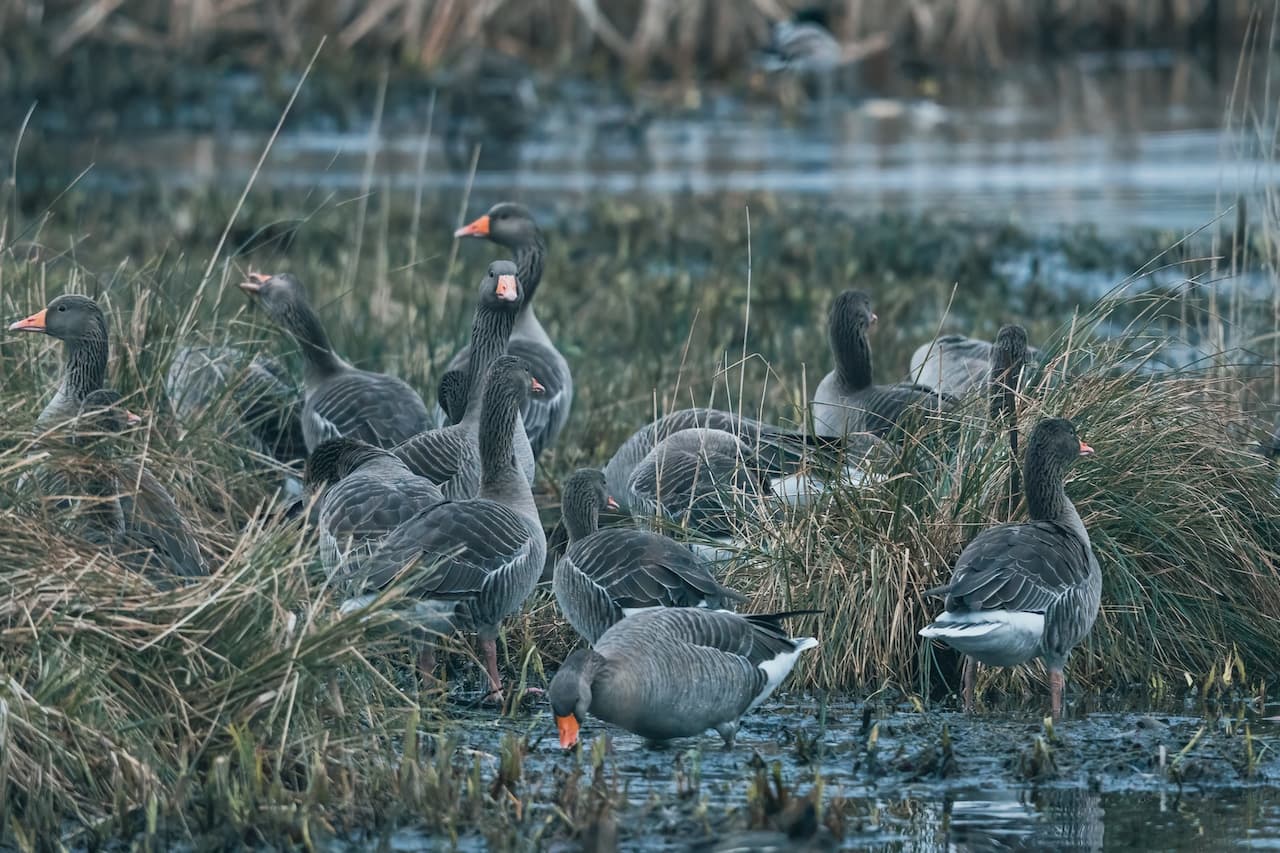Armenian Gulls
Armenian Gulls
The Armenian Gulls (Larus armenicus) is a large gull that occurs naturally in the Caucasus and Middle East. This species was formerly classified as a subspecies of the Herring Gull but now most authorities consider it to be a separate species.
Distribution / Breeding
The Armenian Gull nests beside mountain lakes in Georgia, Armenia, Turkey and western Iran. The largest colonies are at Lake Sevan and Lake Arpi in Armenia.
It is a partial migrant with many birds wintering on the coasts of Turkey, Lebanon and Israel. Smaller numbers travel as far as Cyprus, Egypt and the Persian Gulf.

Description
Armenian Gulls resemble the Yellow-legged Gulls but are slightly smaller with a slightly darker grey back and dark eyes. The area of black on the wingtips is more extensive with smaller white spots. The bill is short with a distinctive black band just before the tip.
First-winter birds are mainly brown. They have a whitish rump, pale inner primary feathers and a narrow, sharply-defined black bar on the tail.
Breeding / Nesting
Nesting usually commences in late April on islands or lakeshores.
The nesting colonies are very dense with nests being situated close together and territorial conflicts are common.
The nest is a mound of vegetation built on the ground,
The average clutch consists of 3 eggs.




